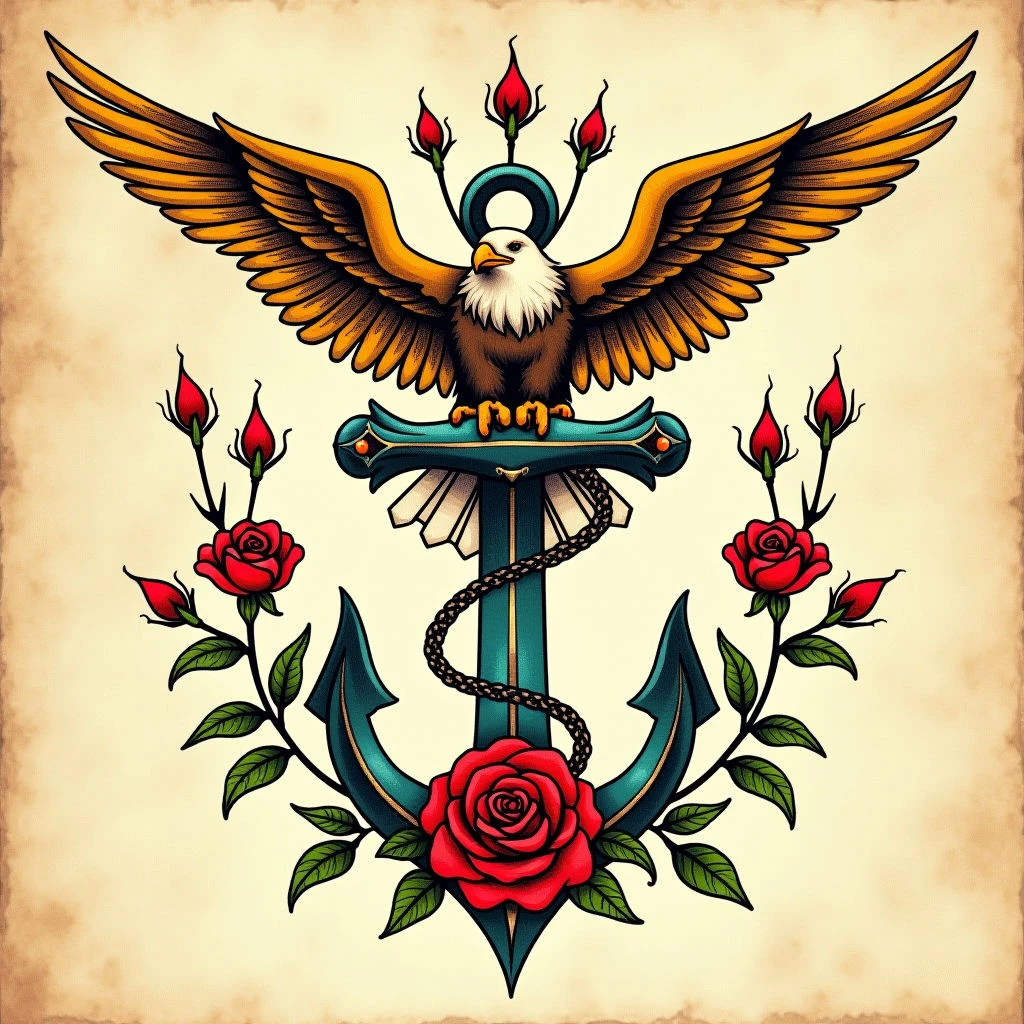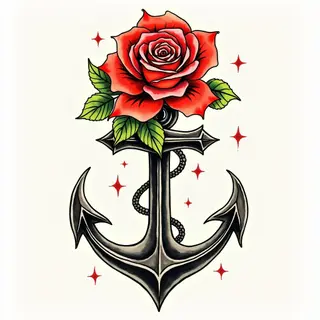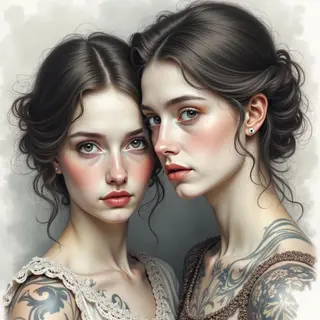The Enduring Legacy of Old School Tattooing
Defining the 'Old School' Style
The term 'old school' in tattooing refers to a distinct style that flourished primarily from the 1920s to the 1960s, particularly within American traditional tattooing. This aesthetic is characterized by bold black outlines, limited color palettes (typically red, yellow, green, and blue), and iconic imagery drawn from nautical themes, Americana, and classic symbols of strength and patriotism. Think roses, anchors, eagles, swallows, pin-up girls, and daggers – all rendered with a timeless simplicity.
Origins and Evolution
The origins of this style are deeply entwined with the rise of traveling sailors and military personnel who sought to commemorate their experiences and affiliations through permanent body art. These early tattoo artists often operated out of ships or port towns, developing a standardized visual language that resonated across different cultures and backgrounds. However, 'old school' is not a static concept. As tattooing evolved, so too did the style, giving rise to 'neo-traditional' tattoos which maintain the core principles of bold lines and classic imagery but incorporate more nuanced shading, expanded color palettes, and greater artistic detail. This evolution allows for a modern interpretation while still paying homage to the heritage of traditional American tattooing.
The Lasting Appeal
The enduring appeal of old school and neo-traditional styles lies in their ability to evoke a sense of nostalgia, authenticity, and timelessness. They represent a connection to a rich cultural history and offer a powerful means of self-expression that transcends fleeting trends.


